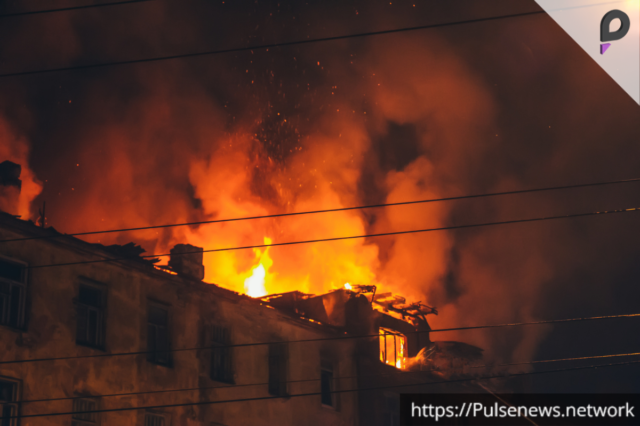Los Angeles: The recent uncontained wildfires in Los Angeles have highlighted significant issues in the housing market across the United States. The devastating blazes, particularly in affluent areas like Pacific Palisades, have resulted in the loss of five lives and forced over 100,000 residents to evacuate. Early estimates from AccuWeather suggest that the damage could exceed $50 billion. Despite the growing severity of these disasters, the downward pressure on home prices is only beginning to resonate with Americans.
California’s Increasing Fire Risk
California has long struggled with dry conditions, high winds, and water shortages. However, the scale of the problem has intensified, with nine of the state’s ten largest wildfires occurring in the past decade, according to local forestry and fire protection agencies. The financial ramifications of these fires have been substantial, as evidenced by the 2019 bankruptcy of Pacific Gas and Electric (PG&E), the largest electric utility in the country.
The wildfires have impacted some of the wealthiest neighborhoods in the U.S., including homes belonging to celebrities such as Paris Hilton and Billy Crystal. This reality draws attention to the threats posed by climate change—issues that often overshadow the devastation faced by economically disadvantaged areas like Louisiana during hurricane season. If there’s a silver lining in these tragedies, it’s the awakening to economic truths surrounding home valuations and insurance risks.
Insurance Challenges and Rising Premiums
Insurance companies are increasingly aware of the financial risks associated with insuring properties in fire-prone areas. Many insurers have withdrawn from the California market due to premiums that do not accurately reflect the risks. The leading twelve underwriters hold about 85% of the homeowner insurance market, yet seven of them have stopped or limited new policy offerings since 2022. The total exposure at the state-backed insurer of last resort rose by 61% in the year ending September 2023.
To address these challenges, new California regulations require insurers to underwrite a minimum percentage of policies in high-risk areas based on their market share. In exchange, insurers can raise premiums to better align with future modeled risks and increased reinsurance costs. This trend is likely to lead to significant premium hikes, with Allstate recently approved for a 34% increase.
Impact on Home Values
As insurance premiums rise, the impact on home values will be profound. For instance, if a typical California home valued at $1 million costs $5,000 annually to insure, a doubling of the premium could reduce its value by approximately 7%. Homes in particularly risky areas may see even steeper declines, especially if owners struggle to obtain the insurance required by mortgage lenders. Last year, State Farm canceled most of its policies in Pacific Palisades, where the median sale price dropped by 16%, according to real estate portal Redfin.
The issue extends beyond California; median home prices have surged about 50% nationwide. As stronger hurricanes, thunderstorms, and floods become more common, the economic realities of home ownership will evolve. Once Los Angeles contains the current wildfires, the broader implications for housing markets across the country will likely become more evident.
Conclusion
With six wildfires still raging across Los Angeles County, including a significant blaze in Pacific Palisades that has burned over 17,000 acres, the implications for home prices and the insurance market are far-reaching. The ongoing wildfires underscore the urgent need for reassessment of housing values and insurance practices in light of increasing climate-related risks. As the state and nation grapple with these challenges, the economic landscape for homeowners may shift dramatically.











